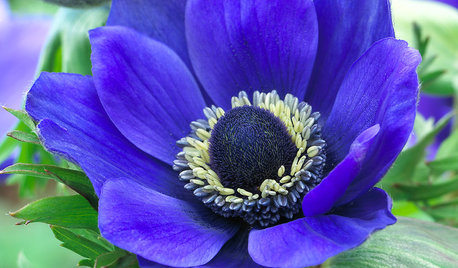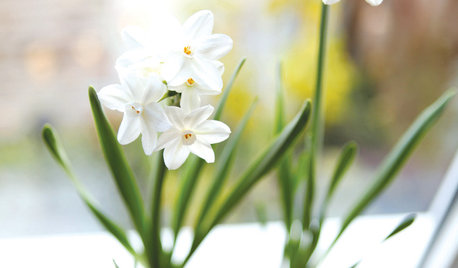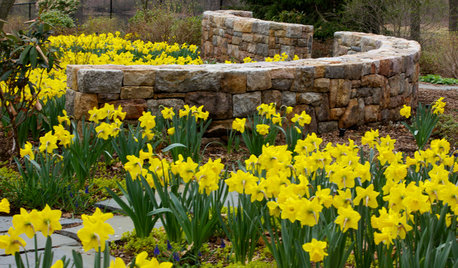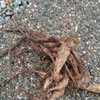Now, are these bulb-bonsai? (pictures)
snasxs
16 years ago
Related Stories

ARTThe Beauty of Bonsai — Living Art, Rooted in Harmony
Create your own emblem of nature's balance with an art form dating back 1,000 years
Full Story
FALL GARDENING6 Splendid Blue-Flowering Bulbs
How do you blue? With colors from sky to cobalt, these bulbs will greet you merrily in a spring garden
Full Story
HOME TECHHere's a Bright Idea: Smart Bulbs for Better Lighting
Lightbulbs that can change brightness and color with a cell phone command show flashes of design brilliance
Full Story
DIY PROJECTSHoliday DIY: Mason Jar Forced Bulbs and Evergreen Gift Tags
Learn how to make these winter projects from the book ‘Garden Made’ by Stephanie Rose
Full Story
GARDENING GUIDES6 Unsung Bulbs for Fall Planting
Don't hang up your spade after summer — plant these unusual bulbs in fall for a spectacular spring show
Full Story
GARDENING GUIDES10 Beautiful Ways to Landscape With Bulbs
Planting bulbs wisely in fall can turn a spring garden glorious with joyful colors and profuse blooms that last through summer
Full Story
HOUSEPLANTSHow to Force Amaryllis Bulbs Indoors
Enjoy vibrant red blossoms even as gardens turn snowy white, by teaching this hardy repeat performer to ignore the calendar
Full Story
FUN HOUZZ14 Things You Need to Start Doing Now for Your Spouse’s Sake
You have no idea how annoying your habits at home can be. We’re here to tell you
Full Story
CLOSETSSimple Ways to Get Your Closet Organized Right Now
Streamline your clothing storage with strategies you can implement in a weekend
Full Story
KITCHEN DESIGNHistoric Stone Barn Now a Country Farmhouse Kitchen
A designer carves out a cooking and dining space while carefully preserving the protected 17th-century structure
Full Story






hopflower
hopflower
Related Professionals
Lyons Landscape Architects & Landscape Designers · South Orange Landscape Architects & Landscape Designers · Forest City Landscape Architects & Landscape Designers · Arlington Landscape Contractors · Milford Landscape Contractors · Tempe Landscape Contractors · Wilmington Landscape Contractors · Wilmington Landscape Contractors · Athens Landscape Contractors · Deerfield Beach Landscape Contractors · Parker Landscape Contractors · Tewksbury Landscape Contractors · Yuba City Landscape Contractors · Maple Heights Landscape Contractors · Baileys Crossroads Landscape ContractorssnasxsOriginal Author
bluebonsai101
snasxsOriginal Author
hopflower
hopflower
bluebonsai101
hopflower
bluebonsai101
hopflower
snasxsOriginal Author
hopflower
snasxsOriginal Author
hopflower
Loretta NJ Z6
Donna
Loretta NJ Z6
snasxsOriginal Author
Loretta NJ Z6